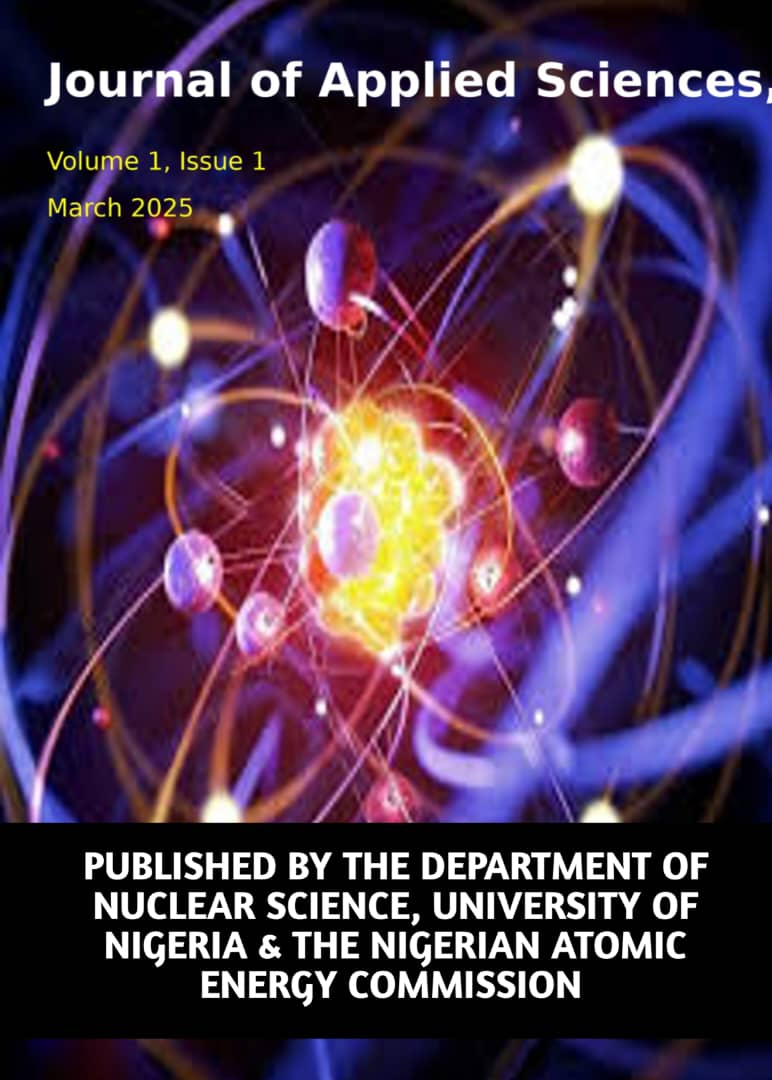Applied Geochemistry and Engineering Geology: Implications for Civil Infrastructure, Environmental Sustainability, and Resource Management
Keywords:
Geochemistry, Construction Materials, Groundwater Geochemistry, Sustainable Construction, Geohazard MitigationAbstract
The integration of geochemistry and geology in civil engineering is critical for the development of sustainable, resilient, and environmentally friendly infrastructure. This study explores the vital role of geochemical processes in construction, highlighting their impact on the durability, performance, and environmental footprint of engineering materials. Key topics include the geochemical properties of natural building materials, such as limestone, clay, and aggregates, and their influence on material performance, with a particular focus on concrete and soil stability. The paper further investigates groundwater geochemistry and its effects on construction materials and soil behavior, including the challenges posed by groundwater-induced soil instability, corrosion of underground structures, and contamination. Additionally, the paper examines sustainable practices such as the recycling and utilization of industrial byproducts in construction, including fly ash and slag, and the role of geochemistry in mitigating CO₂ emissions through carbonation of concrete. Case studies from various regions demonstrate real-world applications of these geochemical principles in infrastructure development, highlighting successful remediation strategies and innovative technologies for enhancing environmental sustainability. The paper concludes with recommendations for future research directions, emphasizing the need for continued innovation in material science, geohazard mitigation, and carbon sequestration methods to promote more sustainable and resilient infrastructure in civil engineering.
